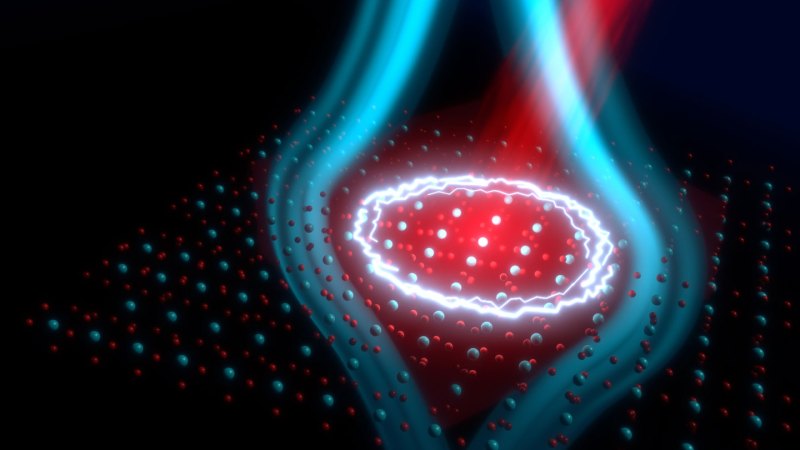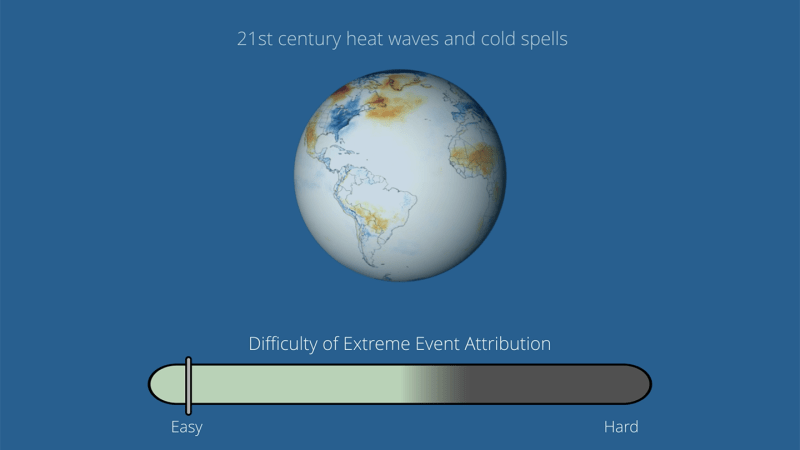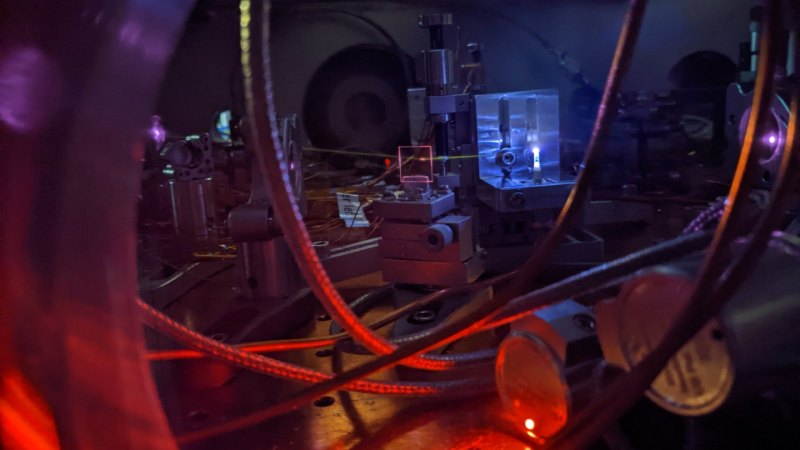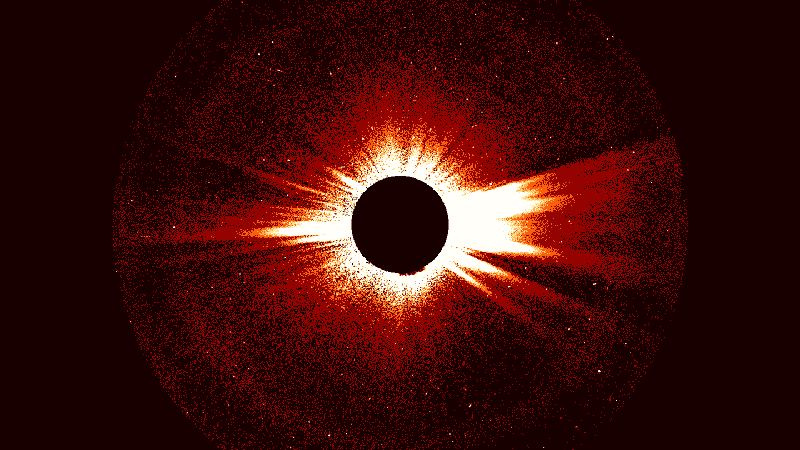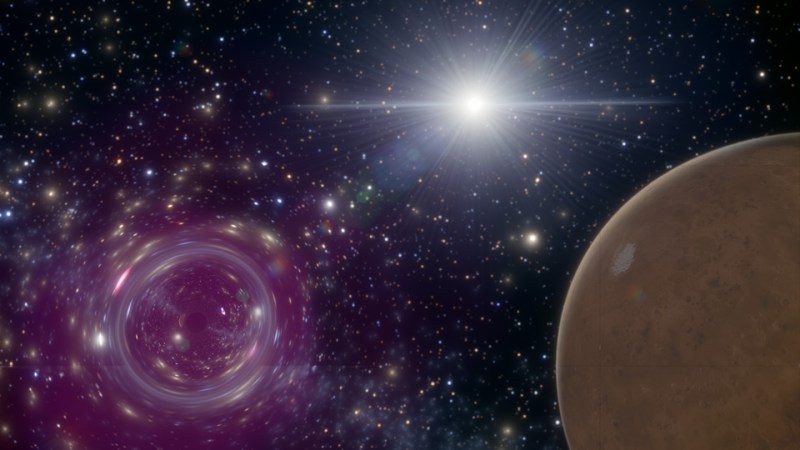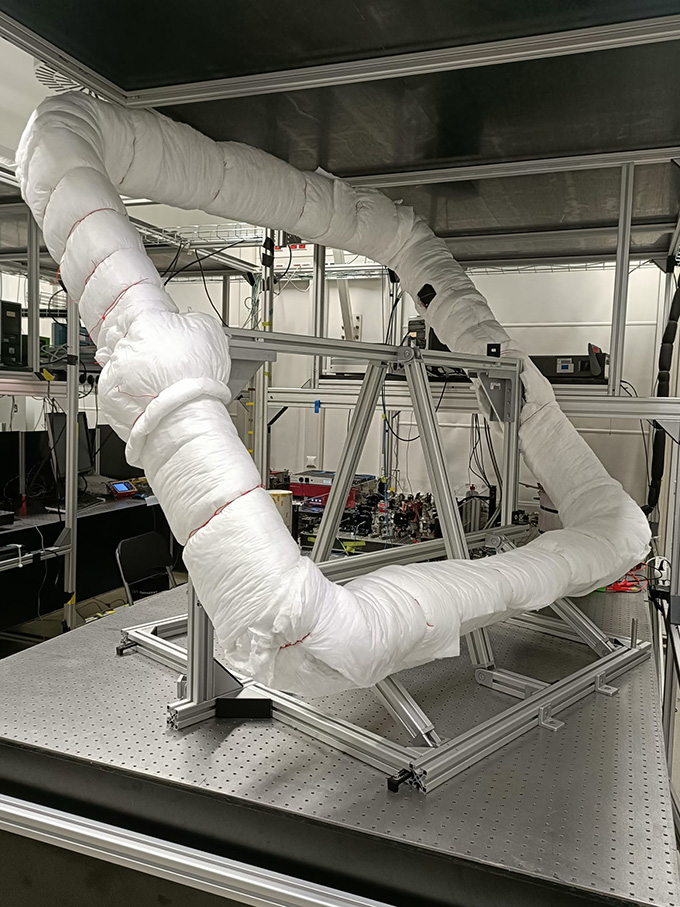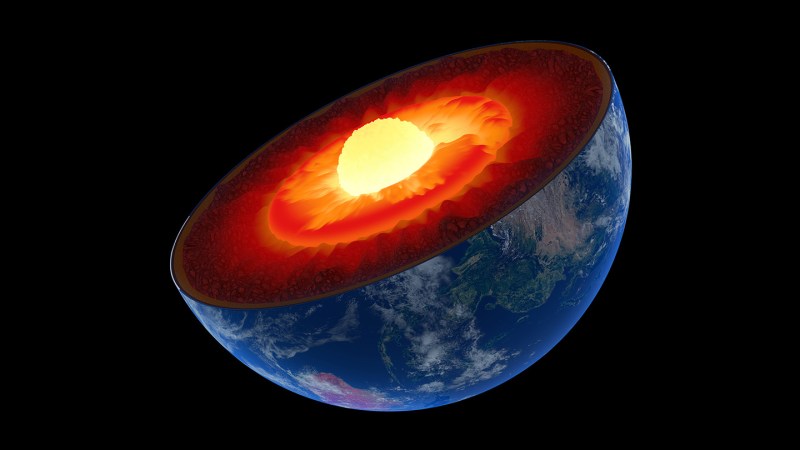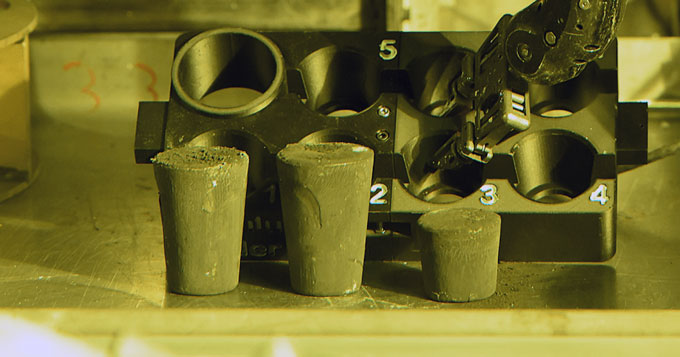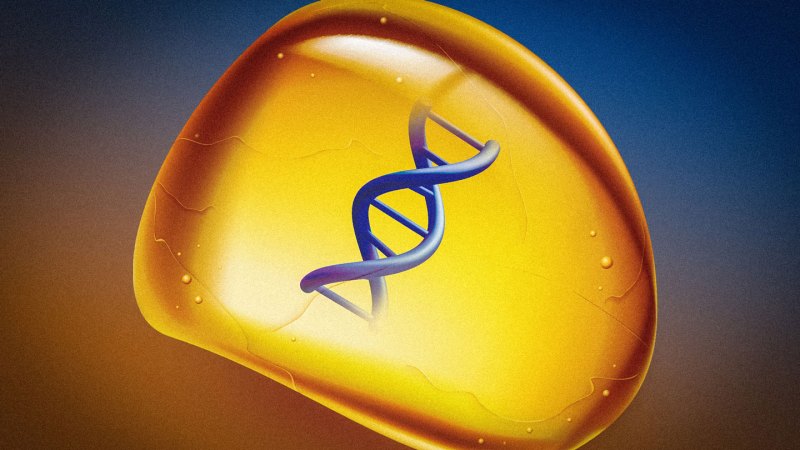Paper cut physics pinpoints the most hazardous types of paper
Any way you slice it, a paper cut is painful. Magazines, letters and books harbor a devious potential for minor self-induced agony. But other types of paper — like thin tissue paper or the thicker stuff used for postcards — are less likely to offend. Scientists have now explained the physics behind why some paper … Read more

